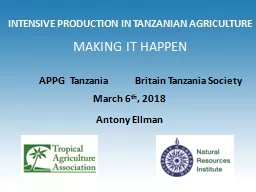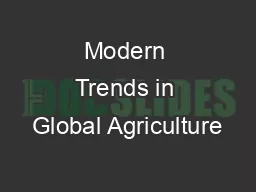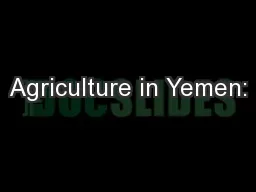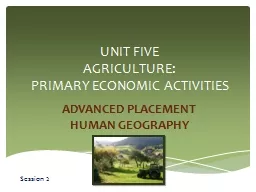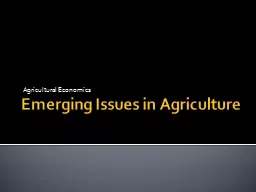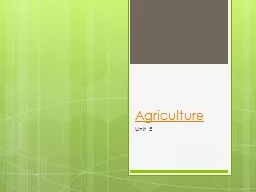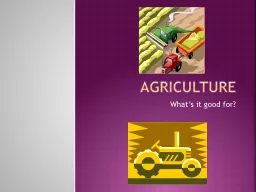PPT-INTENSIVE PRODUCTION IN TANZANIAN AGRICULTURE
Author : luanne-stotts | Published Date : 2020-04-04
MAKING IT HAPPEN APPG Tanzania Britain Tanzania Society March 6 th 2018 Antony Ellman Smallholders andor Large Farms 1967 2012 Population statistics Total population
Presentation Embed Code
Download Presentation
Download Presentation The PPT/PDF document " INTENSIVE PRODUCTION IN TANZANIAN AGRIC..." is the property of its rightful owner. Permission is granted to download and print the materials on this website for personal, non-commercial use only, and to display it on your personal computer provided you do not modify the materials and that you retain all copyright notices contained in the materials. By downloading content from our website, you accept the terms of this agreement.
INTENSIVE PRODUCTION IN TANZANIAN AGRICULTURE: Transcript
Download Rules Of Document
" INTENSIVE PRODUCTION IN TANZANIAN AGRICULTURE"The content belongs to its owner. You may download and print it for personal use, without modification, and keep all copyright notices. By downloading, you agree to these terms.
Related Documents

